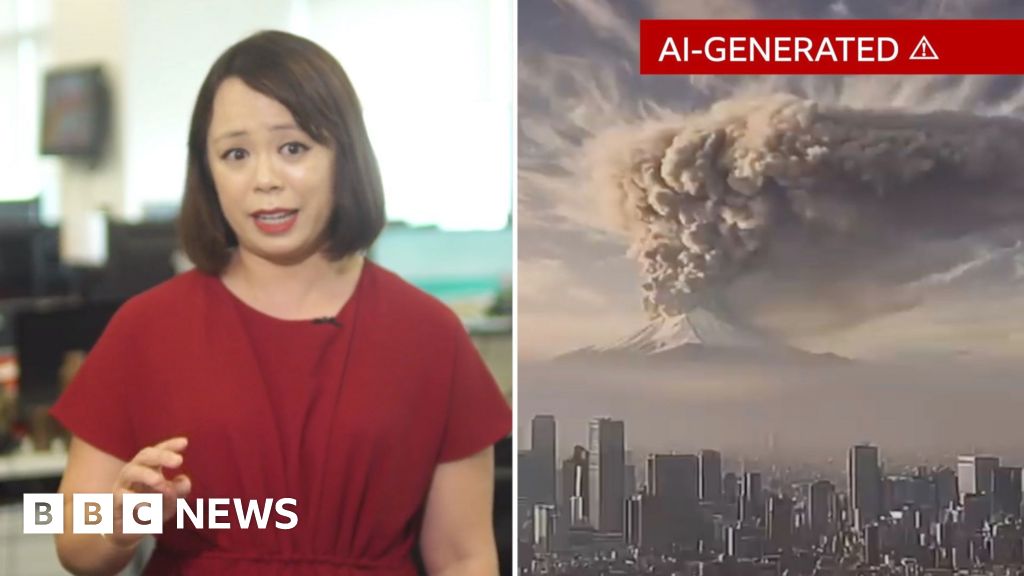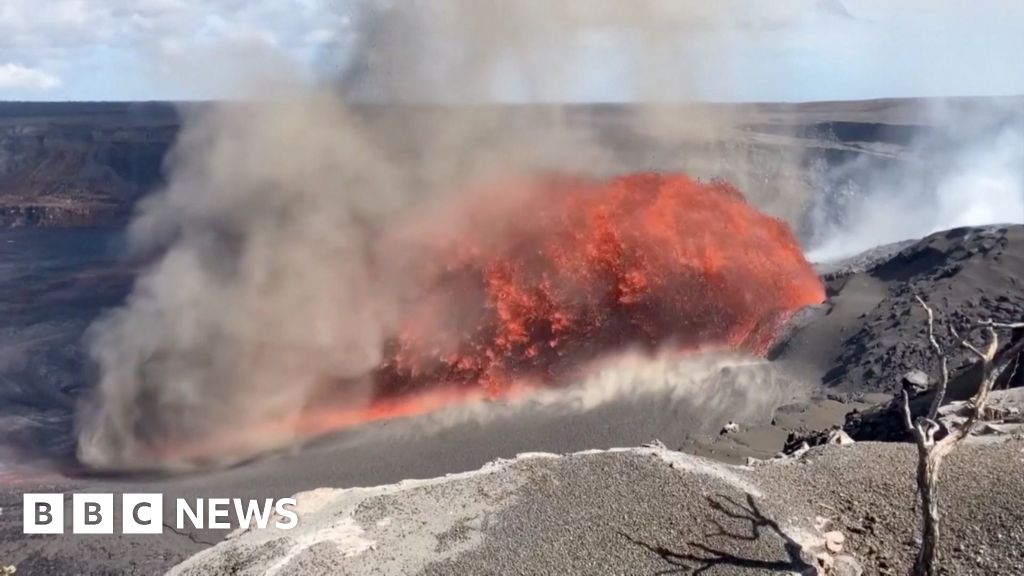The swarm of tens of thousands of earthquakes near the Greek island of Santorini earlier this year was triggered by molten rock pumping through an underground channel over three months, scientists have discovered.
They used physics and artificial intelligence to work out exactly what caused the more than 25,000 earthquakes, which travelled about 20km (12 miles) horizontally through the Earth's crust.
They used each of the tremors as virtual sensors, then used artificial intelligence to analyse patterns associated with them.
One of the lead researchers, Dr Stephen Hicks from UCL, said that combining physics and machine learning in this way could help forecast volcanic eruptions.
The seismic activity started beneath the Greek islands of Santorini, Amorgos, and Anafi in January 2025. The islands experienced tens of thousands of earthquakes, many of which were over magnitude 5.0 and could be felt.
Many tourists fled, and locals feared that the nearby underwater volcano, Kolumbo, might erupt, or that this was a prelude to a larger earthquake, reminiscent of the devastating 7.7 magnitude quake that struck the region in 1956.
The scientists who published their findings in the journal Science created a 3D map of the Earth around Santorini, mapping the evolving patterns of seismic activity along with the movement and stress in the crust. Their detailed model showed that the event was driven by the horizontal movement of magma through a 30km channel located over 10km beneath the seafloor.
They estimated that the volume of magma that moved through the crust could have filled 200,000 Olympic-sized swimming pools, creating thousands of tremors.
Lead author Anthony Lomax explained that the tremors acted as deep Earth sensors, revealing valuable data about magma movement.
For now, researchers believe the seismic unrest in Santorini may have ended, as the magma remained deep within the crust. However, they warn that volcanoes may enter unpredictable phases that could last years, as seen in recent Icelandic volcanic activity.
The potential for AI to aid in monitoring seismic activity presents opportunities for improved safety for communities vulnerable to earthquakes and volcanic eruptions. This could ultimately be used as a forecasting tool, Dr Hicks emphasized.






















